Rising Awareness of Soil Health
There is a growing awareness of soil health and its impact on agricultural productivity, which is positively affecting the Agricultural Zinc Market. Farmers and agronomists are increasingly recognizing that healthy soil is fundamental to achieving optimal crop yields. Zinc is essential for various physiological processes in plants, and its deficiency can lead to reduced crop performance. As educational campaigns and research highlight the importance of micronutrients, including zinc, the demand for zinc fertilizers is likely to increase. Recent studies suggest that addressing soil micronutrient deficiencies can enhance not only crop yields but also soil fertility over time. This heightened focus on soil health is expected to drive growth in the Agricultural Zinc Market as stakeholders seek to implement best practices in nutrient management.
Growing Organic Farming Practices
The shift towards organic farming practices is influencing the Agricultural Zinc Market in notable ways. Organic farmers are increasingly recognizing the importance of micronutrients, including zinc, in maintaining soil fertility and crop health. While organic farming traditionally relies on natural inputs, the incorporation of zinc supplements is becoming more accepted as a means to address nutrient deficiencies. This trend is supported by research indicating that organic crops can benefit from zinc application, leading to improved yields and quality. As consumer demand for organic produce continues to rise, the Agricultural Zinc Market is likely to see increased interest in zinc-based products that comply with organic standards. This alignment with organic farming principles may further stimulate market growth.
Government Initiatives and Support
Government initiatives aimed at promoting agricultural productivity are significantly influencing the Agricultural Zinc Market. Various countries have implemented policies to encourage the use of micronutrients, including zinc, to combat soil deficiencies and improve crop health. For instance, subsidies for zinc fertilizers and educational programs for farmers about the benefits of micronutrient application are becoming more common. These initiatives not only support farmers in enhancing their yields but also contribute to food security. The Agricultural Zinc Market is likely to benefit from these supportive measures, as they create a conducive environment for the adoption of zinc-based fertilizers. As governments continue to prioritize agricultural sustainability, the demand for zinc in farming practices is expected to rise.
Increasing Demand for High-Yield Crops
The Agricultural Zinc Market is experiencing a surge in demand for high-yield crops, driven by the need to enhance food production to meet the growing global population. Zinc plays a crucial role in plant growth and development, particularly in improving crop yield and quality. As farmers seek to maximize their output, the application of zinc fertilizers has become more prevalent. Recent data indicates that the use of zinc in agriculture can increase crop yields by up to 20 percent in certain conditions. This trend is likely to continue as agricultural practices evolve, emphasizing the importance of micronutrients in achieving sustainable farming goals. Consequently, the Agricultural Zinc Market is poised for growth as stakeholders recognize the value of zinc in enhancing agricultural productivity.
Technological Innovations in Fertilizer Application
Technological advancements in fertilizer application methods are transforming the Agricultural Zinc Market. Innovations such as precision agriculture and smart farming techniques enable farmers to apply zinc fertilizers more efficiently and effectively. These technologies allow for targeted application based on soil nutrient levels, which can optimize the use of zinc and minimize waste. As a result, farmers are likely to experience improved crop yields and reduced input costs. The integration of technology in agriculture is expected to enhance the overall efficiency of zinc usage, thereby driving demand in the Agricultural Zinc Market. As these technologies become more accessible, the potential for increased adoption of zinc fertilizers in various agricultural practices appears promising.


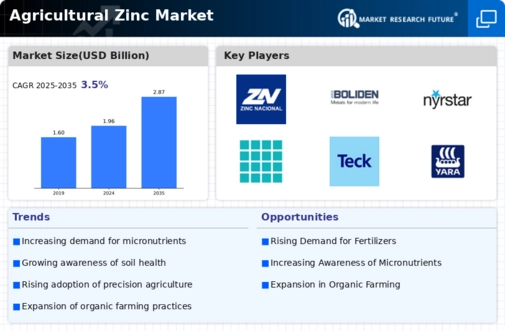
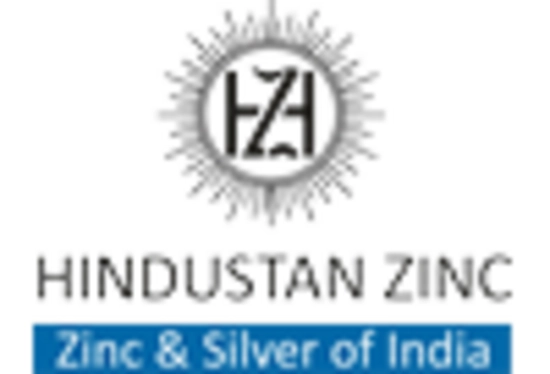
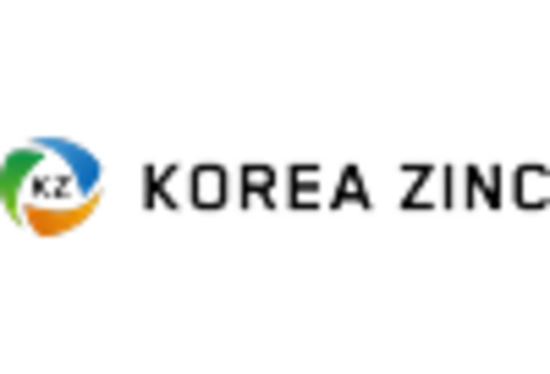
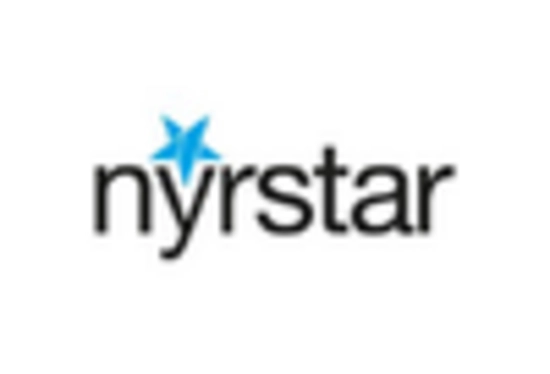
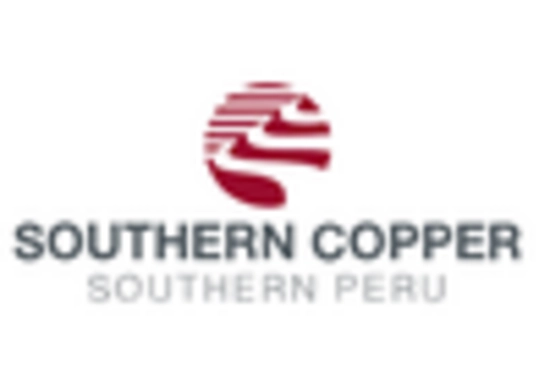
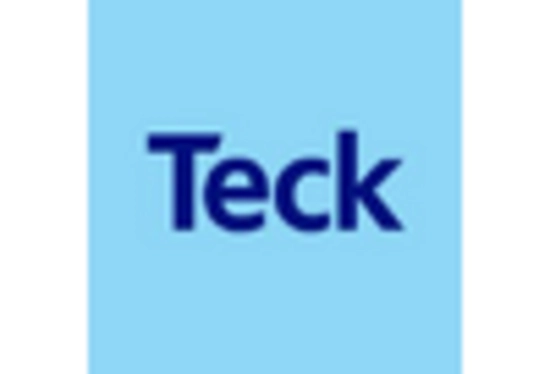
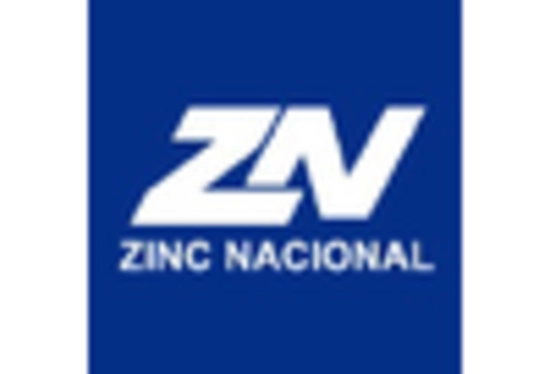








Leave a Comment